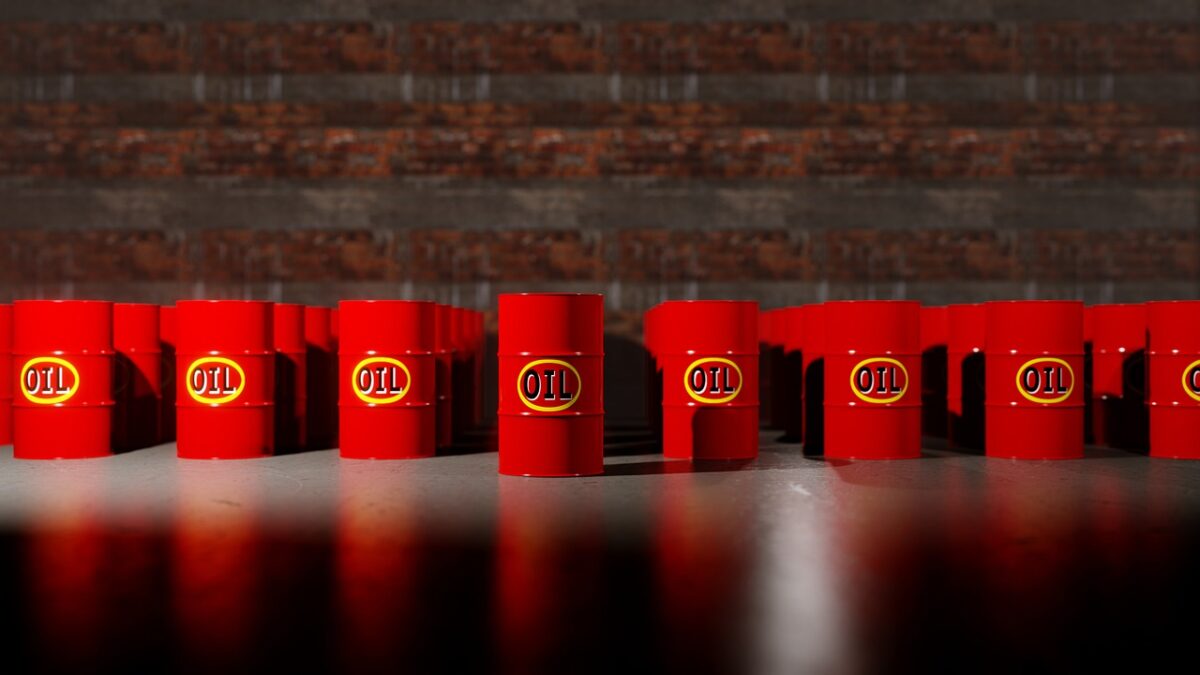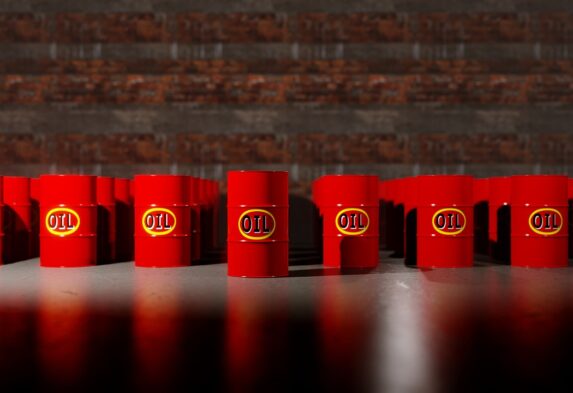Ensuring Eco-Friendly Used Oil Management: Central Pollution Control Board’s (CPCB) Guidelines for Collection Agents under the Used Oil EPR Framework


The management of used oil has become an essential environmental concern, prompting the introduction of Extended Producer Responsibility (EPR) under the Hazardous and Other Wastes (Management and Transboundary Movement) Rules, 2016. These rules, amended in 2023, aim to ensure the environmentally safe handling, transportation, and storage of used oil. Effective from April 1, 2024, these guidelines provide a framework for entities like producers, recyclers, importers, and collection agents to register and operate responsibly on a centralized portal for managing used oil and its byproducts.
The Central Pollution Control Board (CPCB), under the Ministry of Environment, Forest and Climate Change, Government of India, has issued the Guidelines for Collection, Handling, Transportation, and Storage of Used Oil by Collection Agents under the Used Oil Extended Producer Responsibility (EPR) Framework. These guidelines provide a structured approach to managing used oil effectively and ensuring compliance with environmental standards.
The primary objective of these guidelines is to establish standardized procedures that enable the safe and eco-friendly handling of used oil (classified as hazardous waste). It emphasizes creating a system where collection agents play a pivotal role in aggregating and delivering used oil to authorized recyclers. This system aims to enhance circularity in the oil industry while minimizing environmental risks.
Collection agents have a critical role in this ecosystem. They are responsible for collecting used oil from various sources, including industrial, commercial, and automotive sectors, and ensuring it reaches registered recyclers. These agents must prioritize spill prevention and maintain transparency and traceability throughout the collection and transportation processes. Additionally, they must use registered vehicles and ensure that storage facilities meet safety standards.
To streamline operations, collection agents are categorized into two types. Level-1 agents focus solely on collection and transportation without any storage facilities. They operate within 75-150 kilometres of recyclers or Level-2 agents, depending on regional availability. Level-2 agents, on the other hand, manage collection, storage, and transportation, with well-equipped storage facilities. They operate across states and act as key intermediaries between Level-1 agents and recyclers.
The regulatory framework under the HOWM Rules, 2016, ensures that collection agents comply with environmental laws such as the Water Act, Air Act, and the Environment Protection Act. Municipalities and local authorities are tasked with facilitating the setup of collection points, while State Pollution Control Boards oversee the registration and compliance of collection agents.
For operation, collection agents must obtain the necessary permissions. Level-2 agents require Consent to Establish and Operate, as well as authorization under the HOWM Rules before registering on the EPR portal. Level-1 agents can self-register with validation from State Pollution Control Boards. Both categories must maintain detailed records of their operations and submit quarterly and annual reports via the portal.
Packaging and labelling are integral to the safe handling of used oil. Containers must meet stringent guidelines, including being durable, spill-proof, and properly labelled as per Form 8 of the HOWM Rules. Labels should include essential details like waste type, source, and hazardous properties. Proper packaging prevents leaks and ensures safe transportation.
Handling used oil requires specialized facilities to avoid spills during unloading and transfer. Facilities must include forklifts, spill kits, transfer pumps, and emergency showers. Storage areas should be designed with bund walls, collection pits, and proper slopes to manage spills effectively. Separate storage tanks are required for different types of used oil, and the maximum storage period is capped at 90 days.
Transportation of used oil is another critical aspect of the guidelines. Vehicles used for this purpose must be GPS-equipped, spill-proof, and clearly labelled for hazardous waste. Drivers must be trained and carry emergency kits and documents such as TREM cards. The transport process follows strict pre-inspection, labelling, and compliance procedures to ensure safety and traceability.
Storage facilities must adhere to strict standards to mitigate environmental risks. Tanks should be placed above ground with appropriate bund walls and spill management systems. Fire prevention systems, proper labelling, and clear escape routes are mandatory. Additionally, regular inspections and good housekeeping practices ensure the safety and reliability of storage operations.
These guidelines collectively aim to create a robust system for managing used oil responsibly. By adhering to these rules, collection agents, recyclers, and other stakeholders can contribute to a cleaner environment and a more sustainable oil industry. The focus on safety, transparency, and compliance ensures that used oil is managed in an eco-friendly and effective manner, reducing its potential environmental impact.
For further details write to contact@indialaw.in




